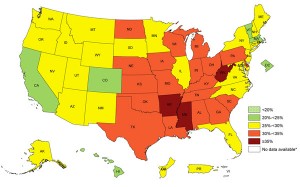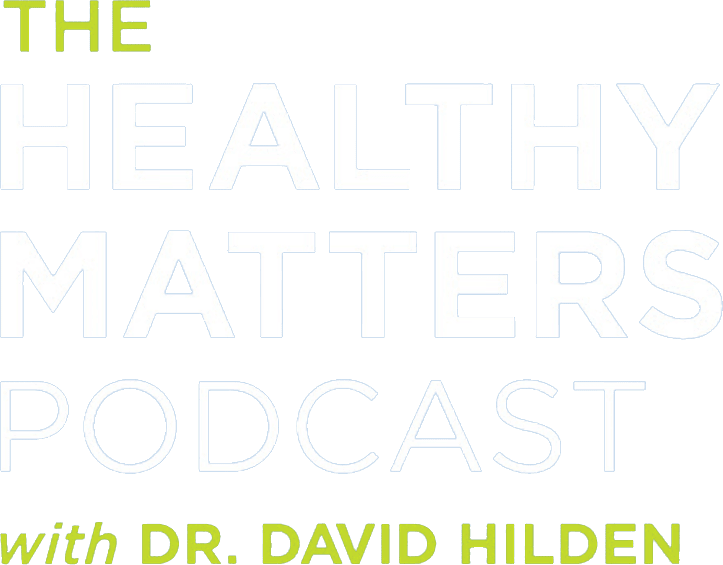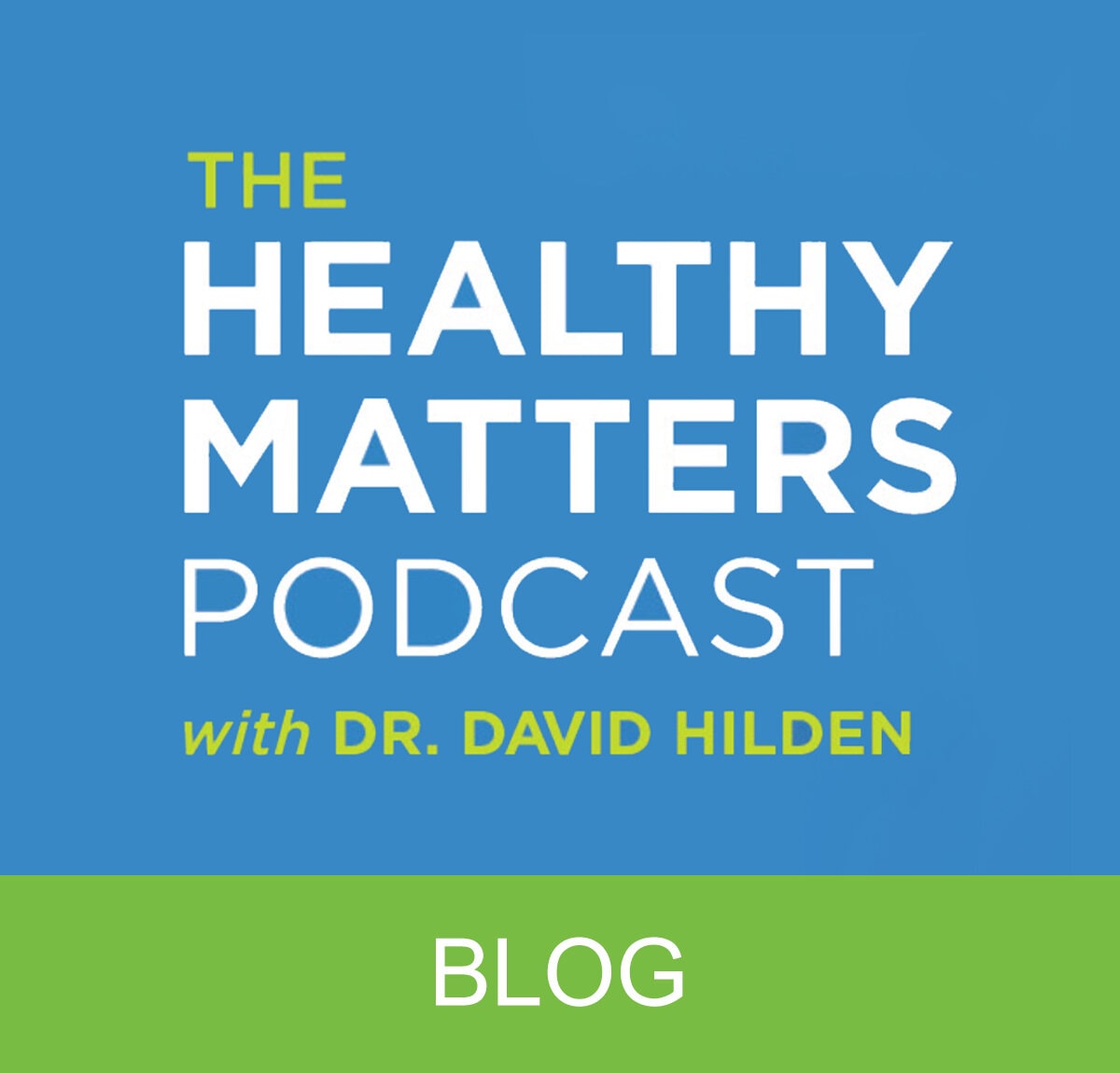Quick tips: angina, bronchitis, and acid reflux
Regular listeners to Healthy Matters know that I often can’t get to all the questions that come from listeners via phone or text message, or I can’t answer the questions as thoroughly as I’d like wh en doing live radio. So every so often I’m going to use this blog to post a few “quick tips” in response to listener questions. Nothing in-depth, just a few tips I think are interesting.
en doing live radio. So every so often I’m going to use this blog to post a few “quick tips” in response to listener questions. Nothing in-depth, just a few tips I think are interesting.
And you can always listen to old shows by clicking the “Listen to podcasts” link in upper right of this blog.
Remember, these are just quick tips and are not complete medical advice. Be sure to click the link in each section for more information!
These are from the Sunday, February 7 show.
Angina pectoris
One texter this morning asked about angina – what is it, does it mean there is heart disease, and what to do about it.
Angina pectoris is a mix of Greek (“strangling”) and Latin (“chest”) and is the term we use to describe pain in your chest which is due to coronary heart disease. This is the blockage of your coronary arteries by plaque that some of us know as “hardening” of the arteries. Coronary  heart disease also leads to heart attacks – an unstable, emergency situation, but angina is the stable condition that comes when your heart isn’t getting enough blood to meet the demands being asked of it. In other words, the heart is doing fine when at rest, but doesn’t have the reserve required for exertion or stress.
heart disease also leads to heart attacks – an unstable, emergency situation, but angina is the stable condition that comes when your heart isn’t getting enough blood to meet the demands being asked of it. In other words, the heart is doing fine when at rest, but doesn’t have the reserve required for exertion or stress.
- Angina occurs with exertion, stress, and hot or cold temperatures and is relieved with rest or nitroglycerin.
- It usually feels like a pressure or squeezing in the chest (hence the name which means “strangling”).
- There are lots of variations in symptoms, particularly in women, and may also feel like nausea, indigestion, or include arm, neck, and jaw pain.
- Angina usually lasts just a few minutes.
- Symptoms are usually predictable – not coming out of the blue at unexpected times. Onset with exertion/stress, relief with rest/medications.
If you think you may be having angina, then you should be seen by your doctor for tests. There are good medications and other treatments for angina. Importantly, if the symptoms are becoming more frequent or severe, or occur at rest, then you may have unstable angina which requires urgent attention. Like right now attention, not tomorrow or next week.
For more, check out the reliable American Heart Association site.
Staying active on the frozen tundra
 As most of my radio listeners know, I’m a runner. Like many of you, I find a few miles on the paths of Minneapolis to be relaxing, rejuvenating and probably pretty good for me. But here in Minnesota, the weather presents some challenges.
As most of my radio listeners know, I’m a runner. Like many of you, I find a few miles on the paths of Minneapolis to be relaxing, rejuvenating and probably pretty good for me. But here in Minnesota, the weather presents some challenges.
So how do you stay active in winter, whether running, walking, or just getting to your car? Here’s what we’re up against – check out the view from my office on this balmy February day. HCMC is on the left, the Star Wars sandcrawler behemoth invading downtown from the right is USBank Stadium, still under construction. Not your ideal running conditions, eh?
As a doctor, I know there are risks to everything, including being active outside. Your asthma may get worse or you may fall and break your wrist – there are real risks and of course, you should tailor your exercise regimen to your own situation – but in general being active beats the alternative! So we soldier on – off for a run.
Here’s my route on the street by my house:
 Pretty, don’t you think?
Pretty, don’t you think?
Of course you could exercise inside – there is always the gym and the dreaded treadmill. To be sure, that’s better than sitting on the couch. But to me, a mile on the treadmill feels like an eternity, and it’s a bit soul-sucking to be lined up with a bazillion other people, all plugged into their headphones, running like hamsters. Much better to be outside, I think.
For those of you living in southern California, you can get all smug now. For those of us in God’s country (aka Minnesota), let’s talk about surviving a winter run (or walk). Basically there are 2 concerns, both of which sadly happen with some regularly: a) falling on your tuckus, and b) freezing various body bits.
read more…
The Great Slim Down: Weight loss
Perhaps I don’t have to tell you that in the United States, the percentage of people who are considered overweight or obese continues to get larger with each year. I like to drive this point home when I am giving educational talks about health by sh owing a series of maps of the country from year to year, which clearly shows that this is becoming an epidemic.
owing a series of maps of the country from year to year, which clearly shows that this is becoming an epidemic.
Check out the percentage of obese people – those with BMI 30 or greater (Source: Behavorial Risk Factor Surveillance System, CDC).
You can get started by checking your own Body Mass Index (BMI). It just takes a minute and knowing your BMI is the first step to take. Remember, >25 is considered overweight, and >30 is obese (or maybe a better term for all of this is “unhealthy weight”).
Wow. But it is more than a bunch of statistics. These are real people who are risk for diabetes, heart disease, sleep apnea, musculoskeletal problems, to name a few, not to mention the toll it can take on their sense of well-being, their relationships, their mood.
 On today’s Healthy Matters (my weekly radio show), Natalie Ikeman, a certified Physician Assistant at HCMC’s Golden Valley Clinic, joined me in-studio to talk about strategies for losing weight, and specifically her new program, called The Great Slim Down.
On today’s Healthy Matters (my weekly radio show), Natalie Ikeman, a certified Physician Assistant at HCMC’s Golden Valley Clinic, joined me in-studio to talk about strategies for losing weight, and specifically her new program, called The Great Slim Down.
Natalie grew up in Minnetonka, Minnesota, and attended the University of Minnesota for college and Augsburg College for her Master’s in Physician Assistant studies. She’s cool. She’s not judgmental. She’s smart. You’ll like her, trust me!

